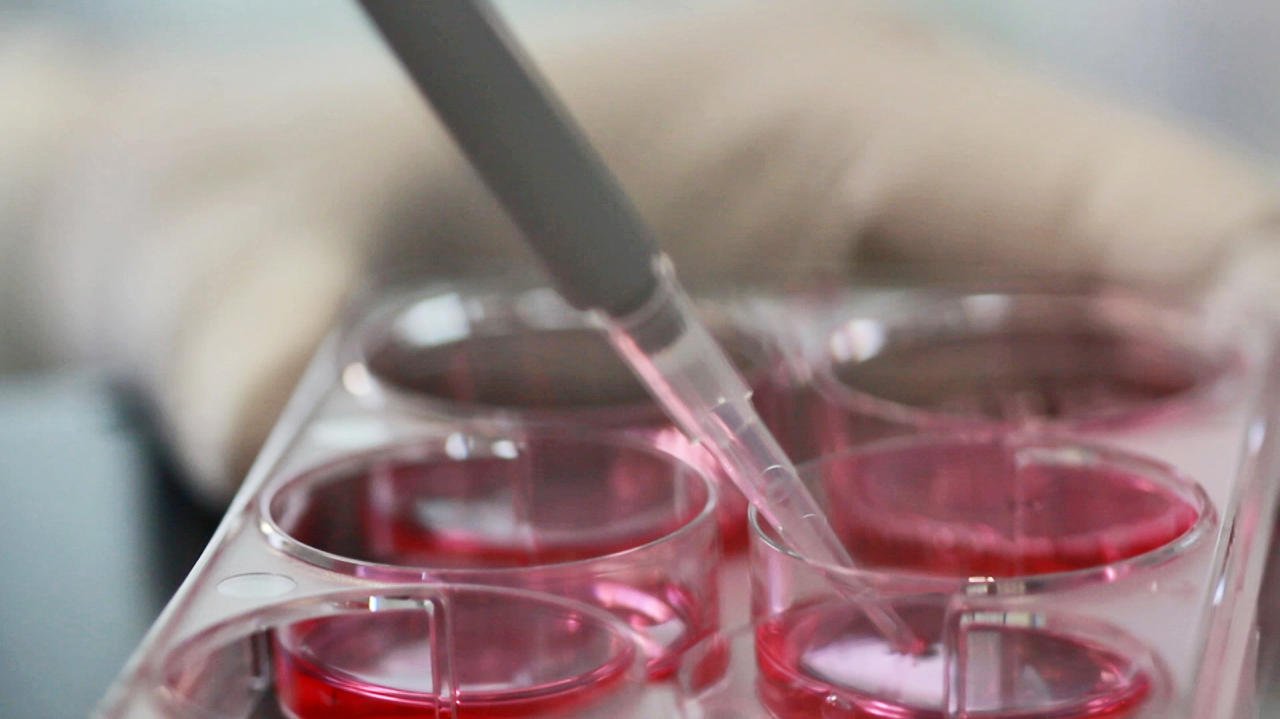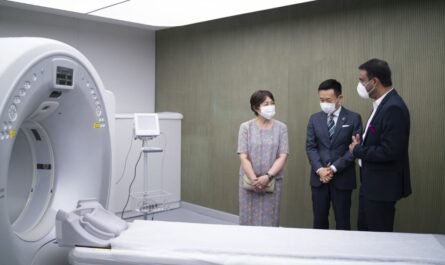Stem cell banking has grown rapidly over the past decade as more families recognize the potential benefits of storing stem cells from umbilical cord blood and tissue. With proper storage and preservation, these cells offer possibilities for treating numerous conditions down the road.
Umbilical Cord and Placenta Cells
The primary sources of stem cells for banking are umbilical cord blood and the placenta. When a baby is born, the umbilical cord and placenta are normally discarded as medical waste. However, they contain valuable stem cells that can be collected, tested, and preserved. Cord blood stem cells are more flexible and have a higher capacity for regeneration compared to adult stem cells. Properly stored in cryogenic tanks, they remain viable for potential future use by the donor or relatives.
Private vs. Public Banking
There are two main types of Stem Cell Banking – private and public. Private or family banking involves collecting and storing a newborn’s cord blood and tissue exclusively for potential future personal use by that child or relatives. Public banking makes donations available to any patient in need of a transplant through a registry, regardless of genetic matching to the donor. Both approaches play important roles in advancing regenerative medicine therapies.
Processing and Testing Requirements
After collection during delivery, cord blood units are transported to specialized labs for processing within 48 hours. The blood is tested for viability and health markers before cryopreservation. Regulations require screening for infectious diseases like HIV, hepatitis, etc. Labs must meet stringent quality standards and maintain controlled storage conditions to maximize cell viability over extended periods of decades or more. Only high-quality, adequately sized units clear testing for banking.
Future Therapeutic Potential
Recent research indicates that stored cord blood stem cells may someday treat various diseases like blood cancers, autoimmune disorders, cardiovascular conditions, and even neurological ailments. Ongoing clinical trials are investigating their use in regenerating insulin-producing cells for diabetes, repairing spinal cord injuries, and more. While treatments are still experimental, stem cell banking provides a ready source of one’s own cells should advances emerge during their lifetime. Cord tissue is also being explored for its mesenchymal stem cells, which may help reduce inflammation.
Making the Decision
Physicians may recommend it for high-risk families with inherited conditions treatable by transplants today. For others, weighing the experimental nature of new therapies against time and cost is difficult. Speaking to one’s doctor and a stem cell bank’s genetic counselors can aid impartial considerations. Preserving the cord offers a preemptive healthcare safeguard for conditions not yet curable but potentially aided by one’s own cells in the future.
Specialized Stem Cell Banks
Most major private cord blood banks store over 300,000 units each and maintain facilities meeting international standards. However, some niche banks specialize – like Faith Cord, focused on faith-based clients, or ViaCord, partnering with top research hospitals for clinical trials access. Public registries like Be The Match run by the National Marrow Donor Program connect donors and patients internationally. Choosing an accredited bank with adequate scale, experience and research ties provides reassurance.
What to Expect from Storage
With proper long-term cryogenic storage, stem cell viability remains high for decades. However, as new applications emerge or medical conditions change for the donor or relatives, additional testing may be needed prior to clinical use. Some situations like a sibling later diagnosed with leukemia could require hastened access. Well-documented chains of custody and sample identity are critical if cells might be needed on short notice. Periodic storage location verification also preserves long-term viability under force majeure disasters or facility relocations. Overall banking provides future healthcare optionality.
Reasons Against Banking
Some argue that current treatment uses remain narrow and experimental, so banking vast numbers of units preemptively is premature. Storage costs continue for decades with no guarantee cells will be needed. Public registries remove this long-term cost commitment while still maintaining an inventory. Others also cite the potential medicalization of pregnancy as a reason against cord blood collection beyond direct newborn needs. However, such views must balance against genuine future patient needs that banking makes possible while research progresses.
*Note:
1. Source: Coherent Market Insights, Public sources, Desk research
2. We have leveraged AI tools to mine information and compile it



